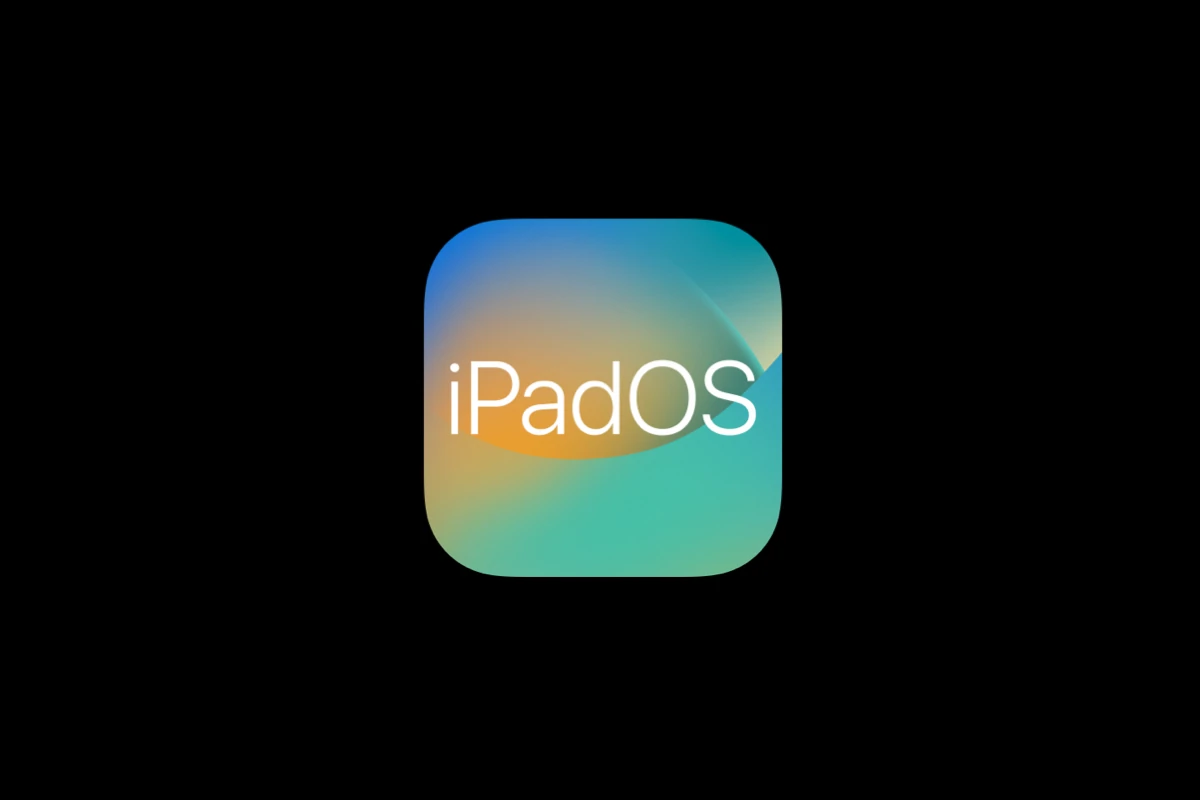Apple released iPadOS 17.7.10 as a critical security update for older iPad models that cannot run the latest iPadOS 18. This update addresses a serious zero-day vulnerability that hackers have already exploited in targeted attacks.
iPadOS 17.7.10 fixes CVE-2025-43300, a security flaw in Apple’s ImageIO framework that allows attackers to execute malicious code on vulnerable devices. The company released this emergency patch alongside iOS 18.6.2 and macOS updates to protect users across all platforms. Security experts recommend installing this update immediately.
iPad owners using older models should check their devices for available updates right away. Apple rarely releases updates for legacy systems, making iPadOS 17.7.10 particularly important for users who rely on older hardware but still need protection from active threats.
What’s New in iPadOS 17.7.10
Apple has released iPadOS 17.7.10, a security-focused update for iPad users who are not yet on iPadOS 18. While it doesn’t bring flashy new features, it delivers critical fixes that protect your device from known vulnerabilities.
🔒 Key Updates in iPadOS 17.7.10
1. Security Fixes
- Apple patched a serious vulnerability in ImageIO that could let a maliciously crafted image file execute code on your iPad (source: Apple Support).
- Multiple WebKit fixes were included to block exploits that could allow arbitrary code execution when visiting compromised websites.
- Kernel-level improvements were made to prevent privilege escalation attacks.
👉 These fixes are important because attackers were reportedly actively exploiting some of these flaws in the wild.
2. System Stability & Bug Fixes
- Improved overall system performance for older iPads still on iPadOS 17.
- Fixes for occasional app crashes related to image rendering.
- Resolved battery drain issues some users experienced after iPadOS 17.7.
3. Compatibility Updates
- Ensures older iPads (that cannot upgrade to iPadOS 18) remain secure.
- Provides long-term support for schools, businesses, and users holding off on iPadOS 18.
⚠️ Should You Update?
✅ Yes, update immediately.
Even if you don’t notice new features, these security patches protect you from real-world threats. Apple rarely issues “dot” updates (like 17.7.10) unless the vulnerabilities are critical.
📌 How to Update
- Go to Settings → General → Software Update.
- Tap Download and Install.
- Make sure your iPad is charged or plugged in.
📝 Summary
- No new features → purely a security + stability update.
- Fixes serious vulnerabilities in ImageIO, WebKit, and the kernel.
- Recommended for all users, especially those not upgrading to iPadOS 18.
👉 If your iPad supports iPadOS 18, you can consider upgrading for new features. But if you’re staying on iPadOS 17, 17.7.10 is essential for security.
Key Takeaways
- iPadOS 17.7.10 patches a zero-day vulnerability that hackers are actively exploiting
- This update specifically targets older iPad models that cannot upgrade to iPadOS 18
- Users should install the security patch immediately to protect their devices from attacks
Key Security Updates in iPadOS 17.7.10
Apple released iPadOS 17.7.10 to fix a critical zero-day vulnerability that hackers actively exploited in targeted attacks. The security flaw affects the ImageIO framework and impacts specific older iPad models through malicious image processing.
CVE-2025-43300: Details of the Zero-Day Vulnerability
The security vulnerability carries the identifier CVE-2025-43300 and has a CVSS score of 8.8. This high rating shows the serious nature of the threat.
Apple discovered this vulnerability internally. The company confirmed that attackers used it in extremely sophisticated attacks against specific targeted individuals.
Security researchers classify this as a zero-day vulnerability. This means hackers exploited it before Apple knew about the problem.
The timing makes this particularly dangerous. Attackers had time to use the flaw before any protection existed.
Apple has not revealed who the attackers targeted. The company also has not identified which groups carried out these attacks.
Out-of-Bounds Write Issue in ImageIO Framework
The vulnerability exists as an out-of-bounds write problem in Apple’s ImageIO framework. This framework handles image processing across Apple devices.
When the system processes a malicious image file, memory corruption occurs. The corruption happens because the code writes data outside its intended memory space.
Attackers can trigger this flaw by getting users to open specially crafted image files. The images look normal but contain hidden malicious code.
Apple fixed the problem by adding improved bounds checking. This prevents the system from writing data to unauthorized memory locations.
The ImageIO framework processes many common image formats. This includes JPEG, PNG, and other standard file types that users encounter daily.
Addressed Devices and Compatibility
iPadOS 17.7.10 specifically targets older iPad models that cannot run newer operating systems. The update covers three device categories:
Compatible Devices:
- iPad Pro 12.9-inch 2nd generation
- iPad Pro 10.5-inch
- iPad 6th generation
These devices represent Apple’s commitment to supporting older hardware. Users who own these models still receive critical security protection.
The update installs automatically if users have enabled automatic updates. Manual installation requires going to Settings > General > Software Update.
Apple stopped supporting these devices in newer iOS versions. However, the company continues providing security patches for critical vulnerabilities.
Distribution Across Apple Ecosystem
Apple released coordinated updates across multiple operating systems simultaneously. This approach ensures comprehensive protection across the entire Apple ecosystem.
The security patch appears in several versions:
Update Versions:
- iOS 18.6.2 and iPadOS 18.6.2 for newer devices
- iPadOS 17.7.10 for older iPad models
- macOS Ventura 13.7.8 for Mac computers
- macOS Sonoma 14.7.8 for newer Mac systems
- macOS Sequoia 15.6.1 for latest Mac version
This marks Apple’s seventh zero-day fix in 2025. The company has addressed multiple critical vulnerabilities throughout the year.
Security experts recommend installing updates immediately. The active exploitation makes delayed updates particularly risky for users.
Exploitation, Device Impact, and Broader Security Context
iPadOS 17.7.10 addresses critical security flaws that attackers exploited through zero-day vulnerabilities and targeted spyware campaigns. This update affects multiple iPad models and connects to broader security patches across Apple’s operating systems.
Targeted Attacks and Zero-Day Exploitation
Security researchers discovered that attackers used zero-day vulnerabilities to deploy Paragon’s Graphite spyware on targeted devices. These attacks focused on specific individuals rather than broad campaigns.
The spyware exploited unknown security flaws before Apple released fixes. Attackers gained deep access to device functions and user data.
Graphite spyware could:
- Monitor messages and calls
- Track location data
- Access photos and documents
- Record audio without user knowledge
Zero-day attacks are dangerous because no security patches exist when they start. Users cannot protect themselves until companies release updates.
Apple found evidence of active exploitation in the wild. This means real attacks happened against actual users, not just theoretical threats.
The company worked with security researchers to understand the attack methods. They developed specific fixes for each vulnerability that spyware used.
Affected Apple Devices and Supported Updates
iPadOS 17.7.10 supports several older iPad models that cannot upgrade to newer operating systems:
| iPad Model | Generation | Update Status |
|---|---|---|
| iPad Pro 12.9-inch | 3rd generation | Supported |
| iPad Pro 11-inch | 1st generation | Supported |
| iPad Air | 3rd generation | Supported |
| iPad | 7th generation | Supported |
| iPad mini | 5th generation | Supported |
These devices receive critical security fixes even though they cannot run iPadOS 18. Apple continues supporting older hardware for security updates.
Newer iPads running iPadOS 18 received similar fixes through iPadOS 18.6.2. This ensures all supported devices get protection from the same threats.
Users should install updates immediately on affected devices. Waiting increases exposure to known attack methods.
Relation to Recent Security Fixes and Other Apple OS Updates
Apple released coordinated security updates across all operating systems on the same day. This approach ensures comprehensive protection against related threats.
Coordinated releases include:
- iOS 18.6.2 for iPhones
- macOS Sequoia 15.6.1 for newer Macs
- macOS Sonoma 14.7.8 for older Mac systems
- macOS Ventura 13.7.8 for legacy Mac hardware
- watchOS 11.6.1 for Apple Watch Series 9, Series 10, and Ultra models
The security flaws affected multiple Apple platforms. Attackers could potentially use similar methods across different devices.
Apple’s security team identified connections between vulnerabilities in different operating systems. They developed fixes that address root causes rather than just symptoms.
This coordinated response shows how modern attacks target entire ecosystems. Companies must protect all devices users own, not just individual products.
The timing suggests Apple discovered serious ongoing threats. Simultaneous updates across platforms indicate urgent security concerns that required immediate action.
Frequently Asked Questions
iPadOS 17.7.10 brings security patches and compatibility support for older iPad devices. This update focuses on maintaining system stability and protecting user data.
How can users benefit from the new multitasking features in iPadOS 17.7.10?
iPadOS 17.7.10 does not introduce new multitasking features. This update maintains existing multitasking capabilities from previous iPadOS 17 versions.
Users can still access Split View and Slide Over functions. Stage Manager remains available on compatible iPad models. The update ensures these features work smoothly without performance issues.
What security enhancements have been introduced in the latest iPadOS update?
Apple released iPadOS 17.7.10 for iPads that aren’t able to run iPadOS 18 with important security fixes. The update addresses critical vulnerabilities that could affect device security.
Apple recommends all eligible users install this update immediately. The security patches protect against potential threats and system exploits. Specific vulnerability details are not disclosed to prevent misuse.
Are there any compatibility issues with older iPad models and iPadOS 17.7.10?
iPadOS 17.7.10 is designed specifically for older iPad models. These devices cannot upgrade to iPadOS 18 due to hardware limitations.
Compatible iPads include older iPad Pro models and earlier iPad Air versions. The update ensures these devices receive essential security protection. Performance remains stable on supported hardware.
What improvements have been made to the Apple Pencil functionality in the new iPadOS version?
iPadOS 17.7.10 does not include new Apple Pencil features. The update maintains existing Apple Pencil support and functionality.
Users can expect consistent performance with drawing apps and note-taking tools. Palm rejection and pressure sensitivity work as before. The update fixes any minor bugs affecting stylus input.
How does iPadOS 17.7.10 address user privacy concerns?
The update includes security patches that strengthen user privacy protection. These fixes prevent unauthorized access to personal data and system information.
Apple continues its commitment to user privacy through regular security updates. The patches address vulnerabilities that could compromise sensitive information. Users benefit from enhanced protection against data breaches.
What are the changes in the latest iPadOS regarding augmented reality applications?
iPadOS 17.7.10 does not introduce new AR features or improvements. Existing ARKit functionality remains unchanged from previous iPadOS 17 versions.
AR apps continue to work with the same performance levels. Developers can still access established ARKit tools and frameworks. The update focuses on security rather than new AR capabilities.







